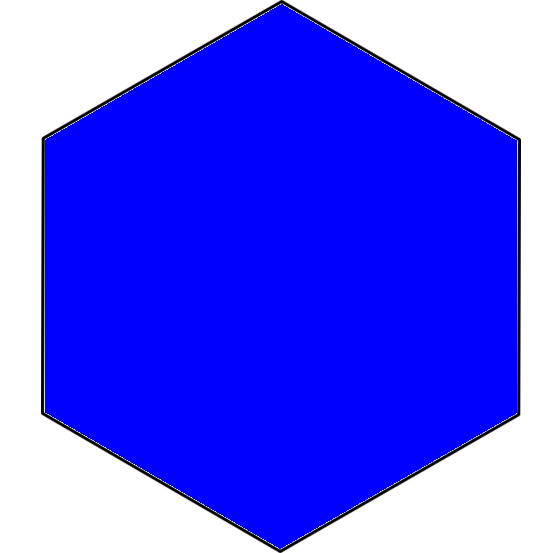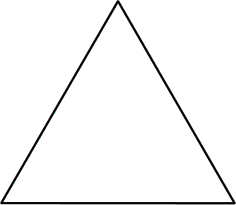23 JAN 2025 by ideonexus
 AI Learning and Human Learning Builds on What Came Before
AI Learning and Human Learning Builds on What Came Before
In 2017, an AI system called Amper composed and produced original music for an album called I AM AI. The chord structures, instrumentation, and percussion were developed by Amper, which used initial parameters like genre, mood, and length to generate a full-length song in just a few minutes. Taryn Southern, a human artist, collaborated with Amper to create the album—and the result included a moody, soulful ballad called “Break Free” that counted more than 1.6 million YouTube views and w...Folksonomies: artificial intelligence learning
Folksonomies: artificial intelligence learning
23 JAN 2025 by ideonexus
 Alexa and Humans All Experience the World Differently, bu...
Alexa and Humans All Experience the World Differently, bu...
When you use Alexa to find a table at your favorite restaurant, you and she are both aware and responsive as you discuss eating, even though Alexa has never felt the texture of a crunchy apple against her teeth, the effervescent prickles of sparkling water against her tongue, or the gooey pull of peanut butter against the roof of her mouth. Ask Alexa to describe the qualities of these foods, and she’ll offer you details that mirror your own experiences. Alexa doesn’t have a mouth—so how...Folksonomies: artificial intelligence consciousness
Folksonomies: artificial intelligence consciousness
28 SEP 2021 by ideonexus
 Fruitless Recursion as a Strategy
Fruitless Recursion as a Strategy
Luring an opponent into fruitless recursion can be an effective strategy in other games, too. One of the most colorful, bizarre, and fascinating episodes in the history of man-vs.-machine chess came in a 2008 blitz showdown between American grandmaster Hikaru Nakamura and leading computer chess program Rybka. In a game where each side got just three minutes on the clock to play all of their moves or automatically lose, the advantage surely seemed to be on the side of the computer—capable of...Folksonomies: artificial intelligence game theory
Folksonomies: artificial intelligence game theory
10 MAR 2019 by ideonexus
 AI Can't Tell You Why It Did Something
AI Can't Tell You Why It Did Something
The problem comes when the database and the engine go from )ach to oracle. It happens quite often that I will ask one of the students about a move from one of their games, and why he made it. If the move comes early on, the answer is almost always, "Because that's the nain line." That is, that's the theoretical move in the database, likely 5layed by many Grandmasters before. Sometimes the move isn't thery, but the student prepared it with the help of an engine, so the anwer is similar: "It's ...Folksonomies: artificial intelligence
Folksonomies: artificial intelligence
10 MAR 2019 by ideonexus
 Chess Concept: Running Out of Book
Chess Concept: Running Out of Book
One of the problems with playing against computers is how quickly and how often they change. Grandmasters are used to preparing very deeply for our opponents, researching all of their latest games and looking for weaknesses. Mostly this preparation focuses on openings, the established sequences of moves that start the game and have exotic names like the Sicilian Dragon and the Queen's Indian Defense. We prepare new ideas in these openings, and look for strong new moves ("novelties") with whic...02 MAR 2019 by ideonexus
 New Kind of Memory for AI
New Kind of Memory for AI
AI researchers have typically tried to get around the issues posed by by Montezuma’s Revenge and Pitfall! by instructing reinforcement-learning algorithms to explore randomly at times, while adding rewards for exploration—what’s known as “intrinsic motivation.”
But the Uber researchers believe this fails to capture an important aspect of human curiosity. “We hypothesize that a major weakness of current intrinsic motivation algorithms is detachment,” they write. “Wherein the a...01 MAR 2016 by ideonexus
 "Intelligent" Holds "Paranormal" Connotations
"Intelligent" Holds "Paranormal" Connotations
As soon as AI successfully solves a problem, the problem is no longer a part of AI.
Pamela McCorduck calls it an "odd paradox," that "practical AI successes, computational programs that actually achieved intelligent behavior, were soon assimilated into whatever application domain they were found to be useful in, and became silent partners alongside other problem-solving approaches, which left AI researchers to deal only with the "failures," the tough nuts that couldn't yet be cracked."[3]"Interesting. Seems similar to the notion that "paranormal" things become "normal" once there are scientific explanations for them."
Also: God of the gaps.
19 NOV 2015 by ideonexus
 A Single Neuron Can Recognize Patterns
A Single Neuron Can Recognize Patterns
Neocortical neurons have thousands of excitatory synapses. It is a mystery how neurons integrate the input from so many synapses and what kind of large-scale network behavior this enables. It has been previously proposed that non-linear properties of dendrites enable neurons to recognize multiple patterns. In this paper we extend this idea by showing that a neuron with several thousand synapses arranged along active dendrites can learn to accurately and robustly recognize hundreds of unique p...13 NOV 2015 by ideonexus
 Artificial Intelligence VS Intelligence Augmentation
Artificial Intelligence VS Intelligence Augmentation
IA, or Intelligence Augmentation, is all about empowering humans with tools that make them more capable and more intelligent, while traditional AI has been about removing humans fully from the loop. The traditional torch bearer for IA is Douglas Engelbart, who laid the seeds for much of the Personal Computer revolution with his famous Mother of All Demos in 1968, where he demoed the computer mouse, hypertext, windowing, videoconferencing, and more for the first time. Douglas Engelbart was foc...20 MAR 2015 by ideonexus




